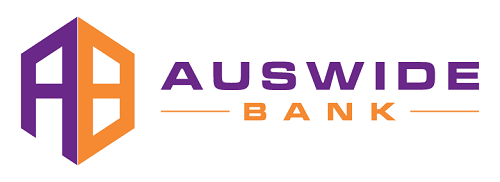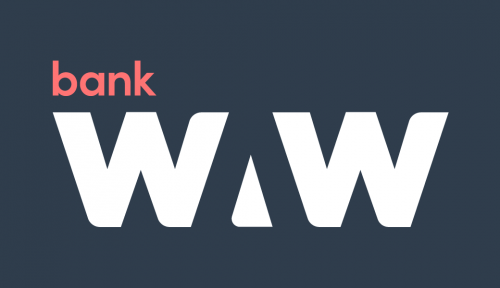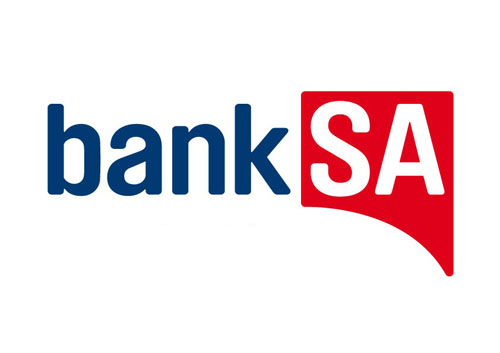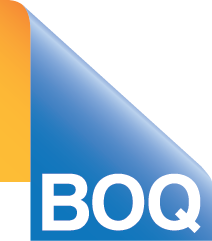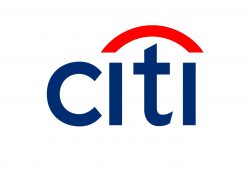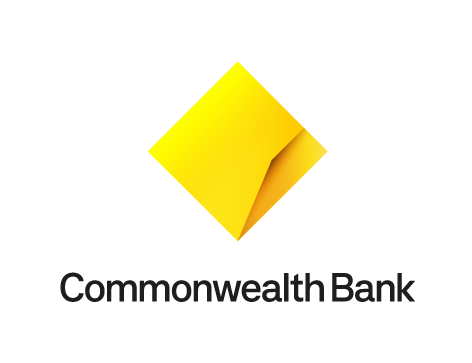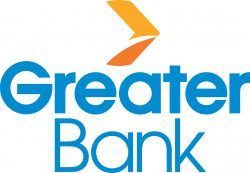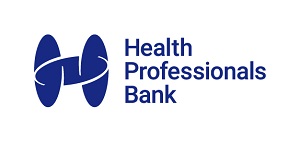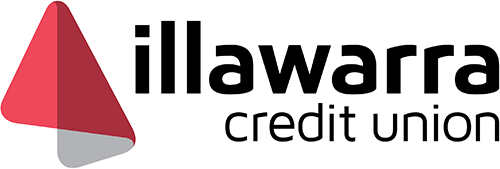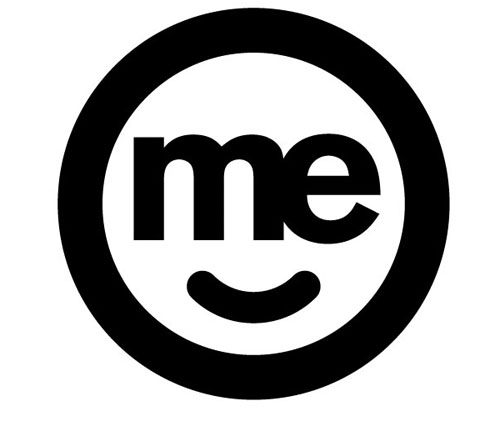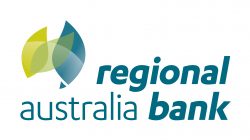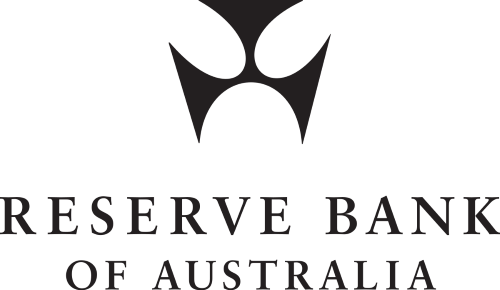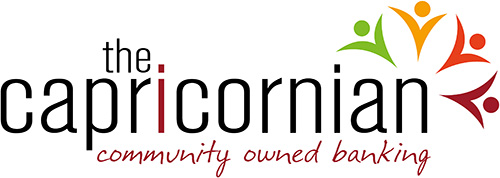Need help?
PayIDs are registered and managed by your bank
Frequently asked questions
Details of your registered PayID are available in your online banking. If you can’t find these details, any of your banks that offer PayID can raise an investigation on your behalf to locate which account your PayID is linked to.
You may have created your PayID when it first launched and forgotten which bank you registered it with. Check with each of the banks you have an account with and if you still can’t find it, any of your banks that offer PayID can raise an investigation on your behalf.
Payments to your PayID should arrive in under a minute if they have been sent to the correct PayID. Some payments may be subject to security checks which could delay a payment. Contact your bank for more information.
Contact your bank and they can raise an investigation on your behalf.
Payments to a PayID should arrive in under a minute if they have been sent to the correct PayID. If the person or business you have tried to pay have not received your payment, you should contact your bank for help.
Regardless of what payment method you use, always be alert to scams. Scams using PayID as a payment method can be reported to your bank and to the police. For more information and support about how you can protect yourself against fraud visit Scamwatch here.
We are aware of emails requesting customers to update their PayID. PayIDs are managed by your bank, and PayID would never contact you directly. If you have concerns, contact your bank.
PayID allows you to receive fast payments to your bank account using information that is easy to remember like your mobile number or email address. Using PayID is optional and banks also support fast payments using BSB and account numbers. Contact your bank for more information.
PayID was intentionally designed to include a ‘payee confirmation step’ to reduce the risk of mistaken payments and scams. PayIDs cannot be created without this identification step. When you create a PayID, your bank should give you a few options for how your name will be displayed, which may include initialisation. Using PayID is optional and banks also support fast payments using BSB and account numbers. Contact your bank for more information.
Registering a PayID requires a number of identification and verification steps to prove you are the rightful owner of the information you wish to use as your PayID, as well as the account you will be linking that PayID to. Unless a person has these details, it will be hard for them to create a PayID using your personal details.
Most banks, building societies and credit unions in Australia offer PayID. Search for your bank above.
A PayID can only be linked to one account at a time. However, you can create multiple PayIDs that you can link to either the same account, or different accounts.
Log into your online banking where your PayID is registered and look for the option to move or transfer your PayID. If you can’t find this, contact your bank for help.
PayID is accessible within the online banking of participating banks, credit unions and building societies. This means the same level of security that protects your existing bank account payments will also protect payments made using a PayID.
Your bank account’s personal information is protected by your bank’s privacy policy.
Your PayID may be subject to a security investigation. Contact your bank for help.
PayIDs can be managed and deregistered within your online banking. If you can’t find how to do this, contact your bank for help.
PayID is an initiative of NPP Australia, the organisation that operates Australia’s real-time payments infrastructure, the New Payments Platform (NPP). NPP Australia is a wholly owned subsidiary of Australian Payments Plus, Australia’s domestic payment organisation that also includes BPAY Group and eftpos.






